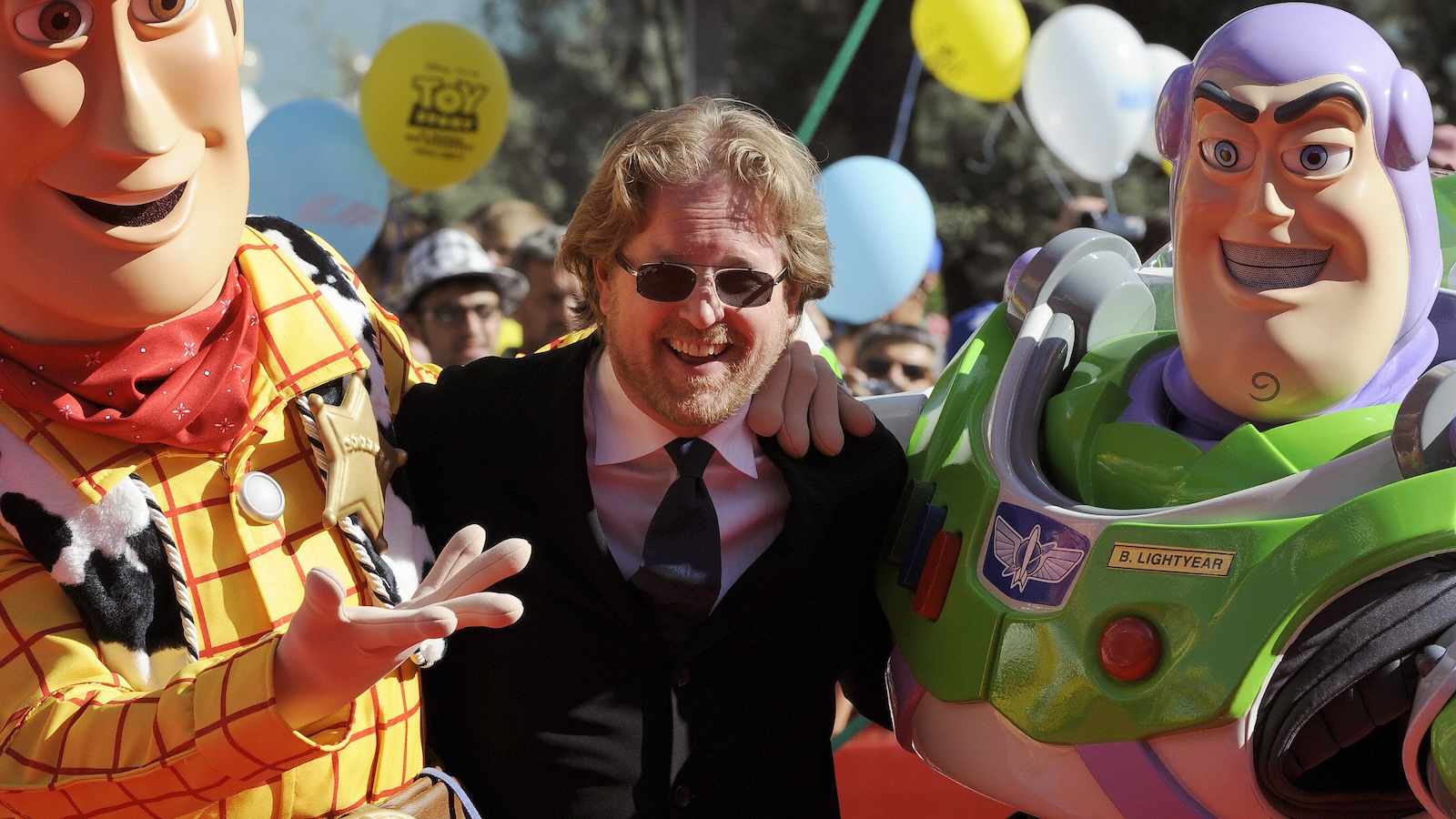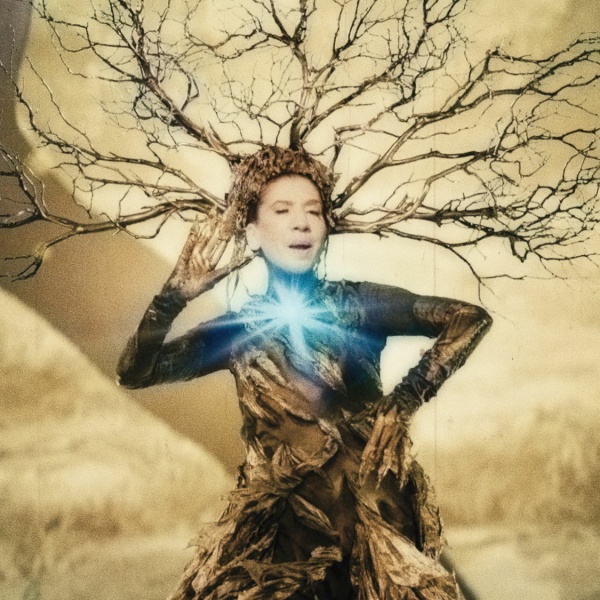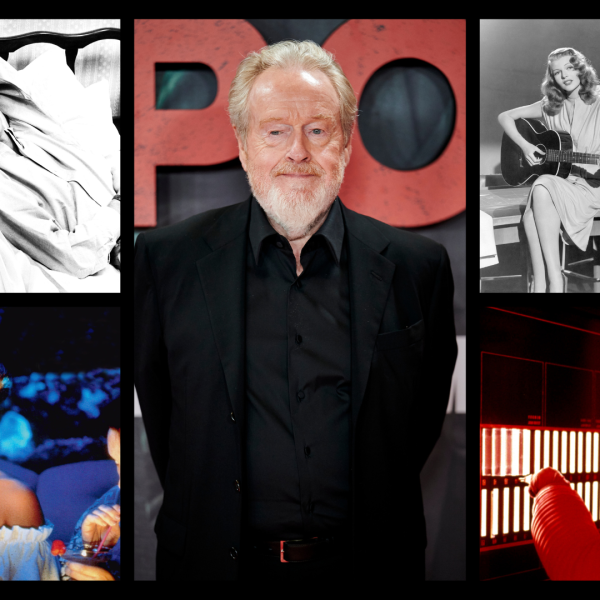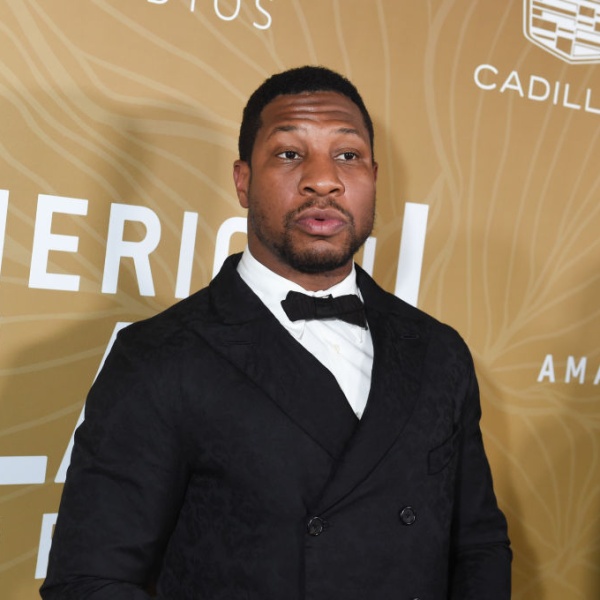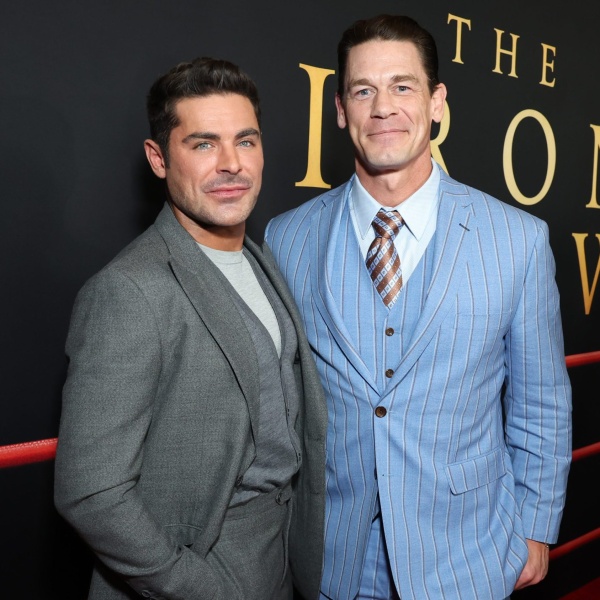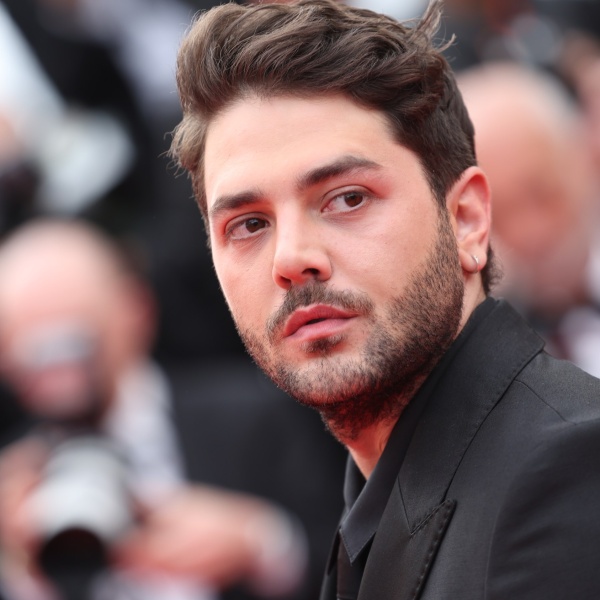The official announcement at D23 of Pixar’s Andrew Stanton (“Finding Dory,” “WALL-E,” “Finding Nemo”) writing and directing “Toy Story 5” (June 19, 2026) is a big deal. Stanton has co-written the previous four “Toy Story” films, receiving Oscar nominations for the original and the third film.
But now as a director, he finally gets to be in total control of the franchise he helped establish. So if there was going to be a fifth “Toy Story,” he’s the perfect director for a couple of reasons.
The first is that, since “WALL-E,” Stanton has been fascinated with science fiction and the dangers of ubiquitous technology. The story for the fifth “Toy Story” allows him to double down on that fascination.
“Let’s be real,” Stanton told the packed Honda Center in Anaheim on Friday night. “Toys have some serious competition these days with phones, tablets, and technology everywhere. So, this time around, it’s toys vs. tech. Oh, and there’s one other thing: There’s a little issue involving 20 rogue commemorative Buzz Lightyear action figures stuck in toy mode that will make considerable problems for everyone.”
This interest in the cultural impact of tech is a continuation of what we’ve witnessed in “WALL-E” and Stanton’s live-action work, including “John Carter,” his recent stints on “Stranger Things” and “3 Body Parts,” and likely in his upcoming “In the Blink of an Eye.”
But the main reason is because Stanton cut his teeth at Pixar as co-creator of the pioneering “Toy Story” (1995): the first CG-animated feature in history. Since then he’s had a hand in every “Toy Story” film, reworking the story of each and marrying old ideas with new without ever taking Bullseye’s reins all to himself.
As the second animator hired at the studio in 1990 following Pixar co-founder John Lasseter, he collaborated on the film’s original treatment with Lasseter (who directed the first two “Toy Story” movies) and Pete Docter (current Pixar chief creative officer and director of “Monsters, Inc.” “Up,” “Inside Out,” and “Soul”).
Yet that treatment was very different from the eventual story about Andy’s iconic toys: It concerned Tinny, the wind-up, one-man band toy from Lasseter’s Oscar-winning short film “Tin Toy,” who has a series of adventures with a ventriloquist dummy. The revised treatment expanded into a buddy film with many of the familiar plot lines, but only the scripts by Stanton, Joss Whedon, Joel Cohen, and Alec Sokolow finally incorporated Woody (Tom Hanks), Buzz (Tim Allen), and the rest of the gang.
They took storytelling inspiration from live-action movies, and the screenwriters attended Robert McGee’s story-structure seminar, built around Aristotle’s “Poetics” about navigating a series of obstacles, all to see what personality traits would emerge from each of the toys.
“We broke into this imaginary world of what if the toys were alive and what would be going on?” Stanton told Creative Screenwriting.
But Disney halted production mid-way on November 19, 1993 — known in Pixar lore as “Black Friday” — forcing Stanton and the co-writers to overhaul the story. They made Woody more appealing and less of a jerk as a responsible leader, and Buzz became more of an action hero who doesn’t realize that he’s a toy. The important breakthrough was creating the lasting bond between the old and new toy, with their purpose in life to make Andy happy.
“Toy Story 2” (1999) began as a direct-to-video sequel, with Stanton returning as lead screenwriter, but then quickly switched to a theatrical release when story reels proved promising. Buzz and the gang rescue a broken Woody from a greedy toy collector Al (Wayne Knight) — a throwaway character from the first film — and help him realize that they belong together in service of Andy.
That film too suffered severe production problems and required another complete overhaul hatched during one tense weekend to find a cohesive thread. It finally came together in its final year, with Stanton learning the important credo: “Be wrong as fast as you can.”
“Toy Story 3” (2010), directed by Lee Unkrich, editor of the first two films and co-director of “Toy Story 2,” was made after Disney acquired Pixar in 2006. In the third entry, Andy goes off to college and the toys get trapped at a daycare center, only to end up with a new child named Bonnie.
A two-day brainstorming retreat was summoned by Lasseter, who now ran both Disney and Pixar, at the same Northern California cabin where they hatched “Toy Story.” It was attended by Stanton, Docter, Unkrich, and the late animator Joe Ranft. Although they considered a leftover idea, it didn’t hold up under closer scrutiny. Overnight, they re-watched the first two films, and the following day came up with the premise of major upheaval that completed Woody’s arc with Andy. Once again, it was a combination of old and new ideas.
Stanton worked on the story with Lasseter and Unkrich and then wrote the treatment. He also pitched the terrifying scene of the toys nearly getting destroyed in the incinerator. Meanwhile, Unkrich worked on the script with screenwriter Michael Arndt (“Little Miss Sunshine”).
“Toy Story 4” (2019) began in 2015 with Lasseter back as director. It was a love story between Woody and Bo Peep (Annie Potts), who was not in the previous film. Stanton even started on the treatment with Lasseter in secret while “Toy Story 3” was still in production. However, in 2016, Lasseter turned the directing reigns over to newcomer Josh Cooley, his co-director, and a year later was forced out of Pixar and Disney because of an alleged history of unwanted sexual advances.
Rashida Jones and Will McCormack worked on an early draft of the script, but exited over “creative differences,” amidst the Lasseter scandal, and Stanton rewrote the script with Stephany Folsom. The difficulty for Stanton, though, was coming up with a new arc for Woody. Fortunately, he understands his nuances better than anyone (providing him with his “sincere sarcasm“), and was guided by what was going on in his personal life at the time.
Stanton was an empty nester and channeled that into Woody wanting to leave everything behind for an exciting new adventure with Bo Peep in the wild. As for Forky (Tony Hale), the neurotic spork, he began as a throwaway gag that finally became a key character when he was envisioned as a creation of Bonnie’s and Woody’s sidekick on his existential journey for independence.
It all brings us to “Toy Story 5” and perhaps coming full circle nearly 30 years later. Woody is separated from the gang and is now the outsider when they need him more than ever.
“We’ve all learned about loyalty and belonging and friendship,” Stanton said at D23. “These characters have given us a unique perspective about growing up, navigating life. And in all of the ‘Toy Story’ films, above anything else, the job of the toys has been to be there for their kids. And, with ‘Toy Story 5′, the toys’ jobs get exponentially harder when [they] go head to head with what kids are obsessed with today: electronics.”
Now it’ll take some of that old school ingenuity from Stanton and the rest of the old toy gang to prove their worth to kids again.

